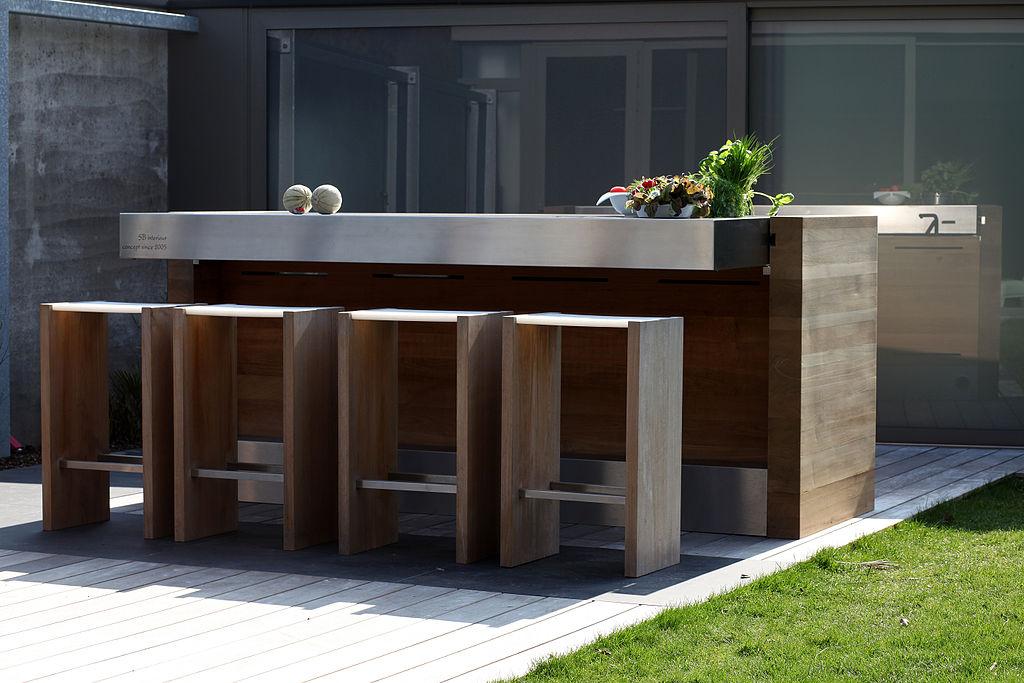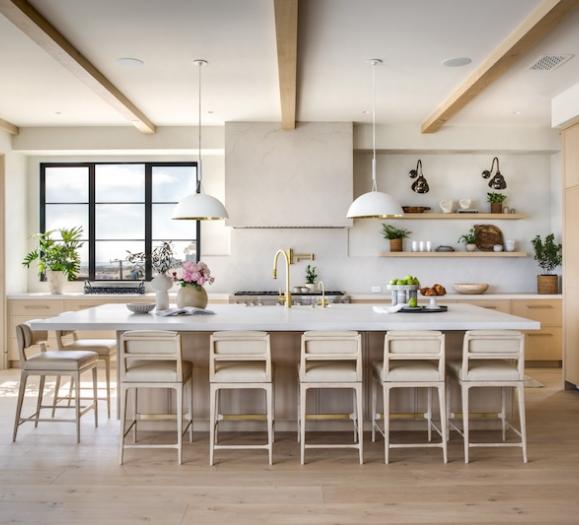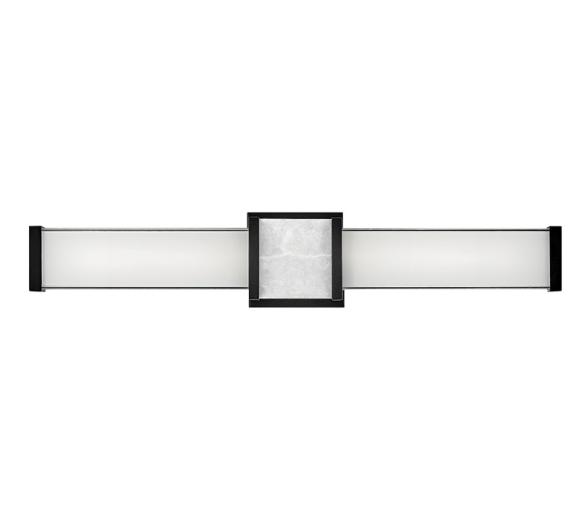As anyone who has even taken a bite of a not-quite-done hamburger knows, having good lighting around the backyard grill is essential.
And these days — as more Americans are building extravagant outdoor kitchens complete with refrigerators, dishwashers, pizza ovens and flat-screen TVs — putting out an extra insect-repellant candle just isn’t going to do.
As investment in outdoor kitchens has grown, so has the need to think about how best to light these outdoor spaces, both for safety around the cooking area and for aesthetic ambiance in what is essentially another room of the house.
7 Things to Think About When Lighting an Outdoor Kitchen
So what’s the best way to light these outdoor spaces? Here are seven outdoor kitchen lighting ideas:
1. Use task lighting above the grill: According to Richard Lentz, president of Lentz Landscape Lighting in Dallas, it’s important to have bright task lighting directly above the area where the homeowner will be cooking and preparing food. Lentz says he usually uses Par-20 halogen bulbs for task lighting above the grill.
“It’s real dependable and it gives true white light to see your food,” he says.
Lentz says you can use low-voltage lighting for task lighting, but he thinks high voltage lighting is better able to withstand variations in temperature.
2. Use ceiling fans: Lentz says ceiling fans with lighting kits underneath them are popular fixtures in any outdoor kitchen. Lentz says he always installs fans that have speed controls and dimmers.
“In this part of the country, mosquitoes are a problem, so if you use an outdoor fan it keeps the mosquitoes away,” Lentz says.
Ceiling fans are commonly installed over the dining area, although if it’s a large enough space, they can also be installed over a general seating area as well.
3. Use lighting rated for wet or damp locations: Remember, an outdoor kitchen may feel like a room of the house, but it’s still exposed to the elements. Lentz says if the outdoor kitchen is covered by a slotted arbor, the outdoor kitchen lighting that’s installed should be rated for a wet location. If there’s a solid roof overhead, you can go with lighting that’s rated for a damp location.
4. Use undercabinet lighting: Wayne Franks, owner of Outdoor Homescapes, a Houston company that designs outdoor kitchens, says most outdoor kitchens he designs include an island with appliances and cabinets underneath, as well as a countertop where you can pull up bar stools. And Franks says he uses these structural elements as a place to install outdoor kitchen lighting.
“If you’re looking at an outdoor kitchen and you [have] a 36-inch high vertical wall and then you’ve got a horizontal 12-inch wall coming across it… right at the intersection of the 36-inch high wall and the wall coming out, we put in some type of rope lighting, and it’ll shine down on the face of the cabinet and it makes it look kind of cool,” he says.
5. Don’t forget the dimmers: No matter what the lighting scheme, Franks says it’s important to put dimmers on all of the lights. “What’s real important is to make sure there’s dimmers on everything because you want to be able to set the mood, depending on the weather outside [and] the time of day,” he says.
Lentz agrees. “You want to have the versatility to create these different moods that people want,” he says.
6. Use more than one circuit: Lentz says it’s important that a lighting designer calculate the various loads that will be used by the lights as well as electrical appliances like sound speakers, misters and margarita machines.
Franks also says he always installs at least two to three 20-amp circuits in the outdoor kitchen because one circuit so different fixtures and appliances can be turned off at different times. “Make sure you have a separate circuit for the appliances because they go on and off,” Franks says.
7. Balance style vs. substance: Franks is a fan of pendant lights above the bar area, which he says can add a decorative element to the space.
“Pendant lighting is really good because they decorate. We’re trying not to just let people cook; we’re trying to meet a certain design criteria to match the house and [create] interesting architecture,” he says. “So pendant lights can really add a lot of style to that design criteria that you’re trying to reach.”
But Lentz says he avoids pendant lighting outside. “Anything that hands outdoors is usually a catchall for spider webs, dust and dirt,” Lentz says. Plus, he says, “Most people… don’t want something hanging down because they want to keep the view open out to their garden.”







